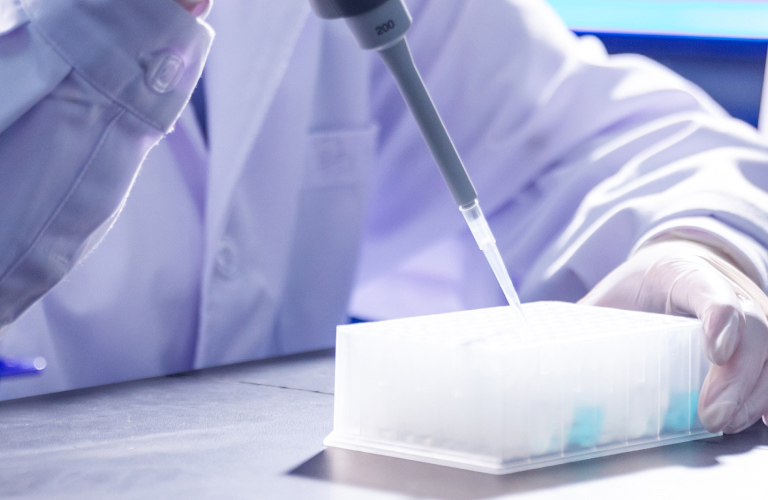2024-07-16
Urine PCR Test: How Effective Is It in Detecting Urinary Tract Infection?
array(34) {
["id"] => string(3) "622"
["catid"] => string(3) "498"
["title"] => string(73) "Urine PCR Test: How Effective Is It in Detecting Urinary Tract Infection?"
["thumb"] => array(2) {
["thumb"] => string(50) "/Public/Uploads/uploadfile/images/20240716/aaa.png"
["alt"] => string(7) "aaa.png"
}
["keywords"] => string(0) ""
["description"] => string(0) ""
["content"] => string(11548) "<p>Urinary Tract Infections (UTIs) are common urinary diseases affecting people across the globe. They occur when the bacteria infect the urinary tract, including the kidneys, ureters, bladder, and urethra. Reports indicate that nearly 60% of women and 12% of men worldwide[1] experience this condition at least once in their lifetime. This translates into hundreds of millions of people needing proper diagnosis and treatment for UTIs.<br/></p><p>So, in today’s article, we are going to explore the current approaches to detecting UTIs, focusing on what a <a href="https://www.medtl.net/products/instruments/real-time-pcr-systems" target="_self">urine PCR test </a>is and how it can deliver an effective and accurate result.</p><p style="text-align: center;"><img class="new_ueditor_box_img" src="/Public/Uploads/ueditor/upload/image/20240716/1721097813623828.png" title="" alt="1.png"/></p><p></p><p><strong>Current Approaches to Diagnosing UTIs</strong></p><p>Like other medical conditions, UTIs also present with a whole set of symptoms that need prompt attention. Common symptoms include frequent urination, a burning sensation during urination, cloudy or strong-smelling urine, and lower abdominal pain. However, these symptoms alone are not sufficient for a definitive diagnosis.</p><p>Modern medical science employs several standard methods for diagnosing UTIs, including urinalysis, urine culture, dipstick test, and urine PCR testing:</p><p><strong>Urinalysis</strong></p><p>This fundamental diagnostic tool involves analyzing a urine sample via microscopy to identify specific chemical compounds, such as leukocyte esterase and nitrites, which indicate a possible UTI.</p><ul style="list-style-type: disc;"><li><p>Urine Culture</p></li></ul><p>This method is recognized as the definitive for identifying the specific bacteria causing UTIs. In this procedure, bacteria from the urine sample are cultured in a controlled laboratory setting, enabling precise identification of the bacterial strain causing the infection.</p><ul style="list-style-type: disc;"><li><p>Dipstick Test</p></li></ul><p>The dipstick test is a rapid method for diagnosing urinary infections. This primarily self-administered approach involves dipping a chemically treated strip into a urine sample, to detect specific chemicals indicative of a UTI.</p><ul style="list-style-type: disc;"><li><p>Urine PCR Testing</p></li></ul><p>The urine Polymerase Chain Reaction (PCR) test represents a cutting-edge advancement in medical diagnostics, particularly in the detection and management of UTIs. Utilizing molecular technology, this test amplifies minuscule amounts of bacterial DNA in urine samples, enabling clinicians to confirm infections and pinpoint the specific pathogens causing a UTI.</p><ul style="list-style-type: disc;"><li><p>Other UTIs Detection Solutions</p></li></ul><p>Sometimes, when the situation worsens, and UTIs occur frequently, physicians may also perform ultrasounds, CT scans, and MRIs to detect structural abnormalities or blockages in the urinary tract.</p><p><strong>Urine PCR Testing vs. Other UTI Detection Solutions</strong></p><p>As mentioned above, urinalysis, urine culture, dipstick test, and urine PCR testing are commonly used in hospitals and labs to diagnose UTIs. Due to its advanced technology, urine PCR testing stands out as an effective measure among various UTI detection techniques. Talking specifically, here’s how:</p><p></p><ul style="list-style-type: disc;"><li><p>1. Urine PCR Testing vs. Urine Culture</p></li></ul><p>The primary distinction between the two diagnostic techniques lies in their time efficiency. Urine culture methods generally require 24 to 48 hours to yield results, whereas urine PCR tests can provide findings within hours.</p><p>Additionally, urine culture methodologies have limitations, they may fail to detect certain bacterial strains that are difficult to culture, resulting in potential false negatives. In contrast, urine PCR tests can detect exceedingly low levels of bacterial DNA, thereby enhancing their sensitivity and reliability, even when bacterial presence is minimal.</p><ul style="list-style-type: disc;"><li><p>2. Urine PCR Testing vs. Urine Gram Stain</p></li></ul><p>Urine Gram stain, a urinalysis approach, involves microscopic examination of a stained urine sample to identify and classify bacteria based on their Gram stain characteristics. It provides information about the presence and staining pattern of bacteria, aiding in early treatment decisions when a UTI is suspected[2]. However, urine Gram stain may be affected by contamination from normal urogenital flora, potentially limiting its accuracy in UTI detection[2].</p><p>Polymerase Chain Reaction (PCR) is a molecular diagnostic technique that amplifies and detects specific DNA sequences in a sample. Urine PCR testing for UTIs detects bacterial or yeast DNA targets in the urine sample with high sensitivity, capable of identifying microorganisms that may be undetected by urine Gram stain[2].</p><p style="text-align: center;"><img class="new_ueditor_box_img" src="/Public/Uploads/ueditor/upload/image/20240716/1721097838180097.png" title="" alt="2.png"/></p><p></p><ul style="list-style-type: disc;"><li><p>3. Urine PCR Testing vs. Antibiotic Sensitivity Testing</p></li></ul><p>Antibiotic Sensitivity Testing in UTI detection involves determining the susceptibility of urinary pathogens to various antibiotics, guiding effective treatment choices. It typically takes 2-3 days to obtain results[3], potentially delaying appropriate antibiotic treatment. Besides, it only assesses susceptibility to specific antibiotics for the isolated pathogen, lacking information about other pathogens or the overall microbial profile of the infection[4].</p><p>In contrast, urine PCR testing provides results within hours[3], allowing for prompt initiation of appropriate antibiotic treatment. Furthermore, urine PCR testing detects a wide range of pathogens[4], including fastidious organisms. And it can identify multiple pathogens in a single sample to cater to huge detecting demands in hospitals.</p><p><strong>Tianlong’s Gentier X3 Series Real-Time PCR System</strong></p><p>For achieving precision and efficiency in PCR testing, the Tianlong <a href="https://www.medtl.net/products/gentier-x3-series-real-time-pcr-system.html" target="_self">Gentier X3 Series Real-Time PCR System</a> offers an exceptional solution for conducting urine PCR tests. Here’s why:</p><p style="text-align: center;"><img class="new_ueditor_box_img" src="/Public/Uploads/ueditor/upload/image/20240716/1721097856801451.png" title="" alt="3.png"/></p><ul style="list-style-type: disc;"><li><p>1. Multi-Block Design</p></li></ul><p>Our Gentier X3 Series Real-Time PCR System stands at the forefront of PCR technology with its innovative 3-block design, setting a new standard for versatility in laboratory settings. In this urine PCR test machine, each block operates independently and is highly efficient. Equipped with either 6 or 4 fluorescence channels (optional), each block can perform fluorescence scanning of 32 wells in just 2 seconds. Such rapid data acquisition significantly enhances PCR testing efficiency, particularly in environments with high throughput demands. Besides, each block supports different protocols, allowing for simultaneous testing of multiple samples such as urine, blood, saliva, and more. </p><p>This capability of swift scanning and independent operation ensures that the Gentier X3 Series Real-Time PCR System meets the rigorous demands of busy laboratories, facilitating faster decision-making and significantly improving workflow efficiency.</p><ul style="list-style-type: disc;"><li><p>2. Accurate Temperature Control</p></li></ul><p>Accurate temperature control is critical in urine PCR testing, as it directly impacts DNA replication fidelity and overall test result integrity. Our Gentier X3 Series Real-Time PCR System offers superior temperature precision (≤ 0.1℃), enhanced by a compensation heating function that ensures stable and accurate enzymatic reactions. Furthermore, its advanced hot lid with pressure sensing to prevent consumable deformation and evaporation, thereby preserving sample integrity and enhancing the reliability of diagnostic procedures. These integrated capabilities position the Gentier X3 Series Real-Time PCR System as an indispensable tool for meeting the stringent standards of modern medical diagnostics.</p><ul style="list-style-type: disc;"><li><p>3. Comprehensive Analysis</p></li></ul><p>Tianlong's Gentier X3 Series Real-Time PCR System is equipped with advanced software analysis capabilities that significantly enhance diagnostic precision. This sophisticated system is designed to support a diverse array of analytical functions crucial for accurate urine pathogen detection. These functions include absolute quantification analysis, relative quantification analysis, melting curve analysis, high-resolution melting (HRM), genotyping, and endpoint fluorescence. Together, these capabilities enable Tianlong’s Gentier X3 Series Real-Time PCR System to deliver reliable and comprehensive results crucial for the effective diagnosis and management of UTIs.</p><p></p><p><strong>Conclusion</strong></p><p style="text-align: center;"><strong><img class="new_ueditor_box_img" src="/Public/Uploads/ueditor/upload/image/20240716/1721097876530305.png" title="" alt="4.png"/></strong></p><p>In modern medical science, there are various methods for detecting UTIs, among which urine PCR testing stands out for its speed, effectiveness and reliability, making it a commonly used tool in clinical and research settings. Our Tianlong’s Gentier X3 Series Real-Time PCR System represents a highly effective option in this regard. We, <a href="https://www.medtl.net/" target="_self">Tianlong</a>, are a leader in genetic testing and molecular diagnostics, specializing in the development and production of nucleic acid testing instruments such as PCR thermal cyclers and real-time PCR systems. With over 80 NMPA approvals and more than 120 international certifications, our instruments are trusted and used in over 100 countries. They have played crucial roles during health crises like COVID-19, avian influenza, and Ebola, underscoring our commitment to reliability and our significant contribution to disease prevention and control.</p><p>If you are interested, please visit Tianlong’s official website to learn more and contact us!</p><p>Reference</p><p>[1] Available at: https://www.urologyhealth.org/urology-a-z/u/urinary-tract-infections-in-adults</p><p>[2] Available at: https://clpmag.com/diagnostic-technologies/urinalysis-toxicology/urine-analyzers/diagnosing-utis-with-urine-pcr/</p><p>[3] Available at: https://www.degruyter.com/document/doi/10.1515/labmed-2021-0085/html?lang=en</p><p>[4] Available at: https://www.mdpi.com/2079-7737/13/4/257</p>"
["url"] => string(87) "/news/blog/urine-pcr-test-how-effective-is-it-in-detecting-urinary-tract-infection.html"
["count"] => string(4) "1129"
["sort"] => string(1) "0"
["command"] => string(1) "0"
["isdel"] => string(1) "0"
["free"] => string(1) "0"
["status"] => string(1) "1"
["uid"] => string(1) "4"
["username"] => string(11) "system-2022"
["euid"] => string(1) "0"
["edituser"] => string(0) ""
["input_time"] => string(10) "1721097239"
["create_time"] => string(10) "1721098002"
["update_time"] => NULL
["static_title"] => string(0) ""
["tag"] => NULL
["out_url"] => string(0) ""
["custom_code"] => string(0) ""
["jie"] => string(181) "In today’s article, we are going to explore the current approaches to detecting UTIs, focusing on what a urine PCR test is and how it can deliver an effective and accurate result."
["is_ding"] => string(1) "0"
["zname"] => string(0) ""
["index_img"] => array(2) {
["thumb"] => NULL
["alt"] => NULL
}
["vid"] => string(0) ""
["command_detail"] => string(1) "0"
["title_url"] => string(1) "1"
["url_title"] => string(1) "1"
["iframe"] => string(0) ""
}

 2025-04-18hMPV Test: A Must in High-Occurrence Season
2025-04-18hMPV Test: A Must in High-Occurrence Season

 2024-12-27Personalized Medication: How Ligation Sequencing Solutions Drive Innovation
2024-12-27Personalized Medication: How Ligation Sequencing Solutions Drive Innovation

 2024-10-31Aspirin Resistance Testing: Reasons and Methods
2024-10-31Aspirin Resistance Testing: Reasons and Methods

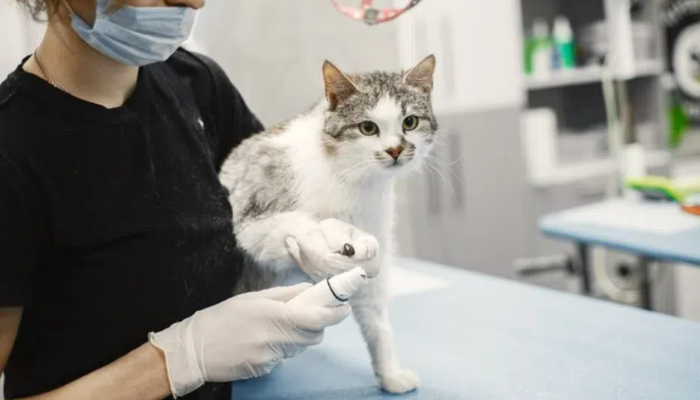 2024-10-17An Ultimate Solution for Diagnosing Feline Respiratory Distress
2024-10-17An Ultimate Solution for Diagnosing Feline Respiratory Distress

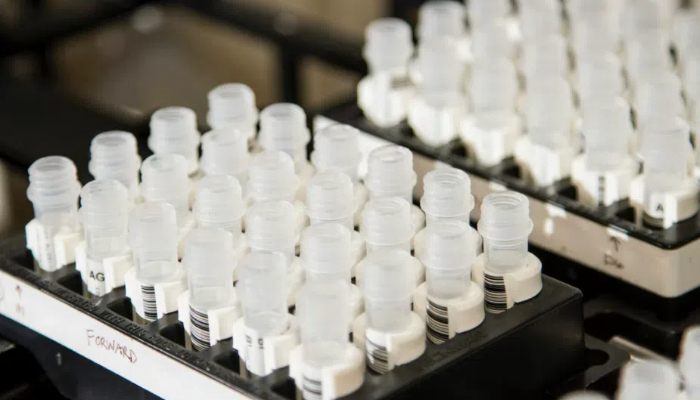 2024-10-17Food Safety Monitoring for Lab Researchers: Mission, Indicator & Method
2024-10-17Food Safety Monitoring for Lab Researchers: Mission, Indicator & Method

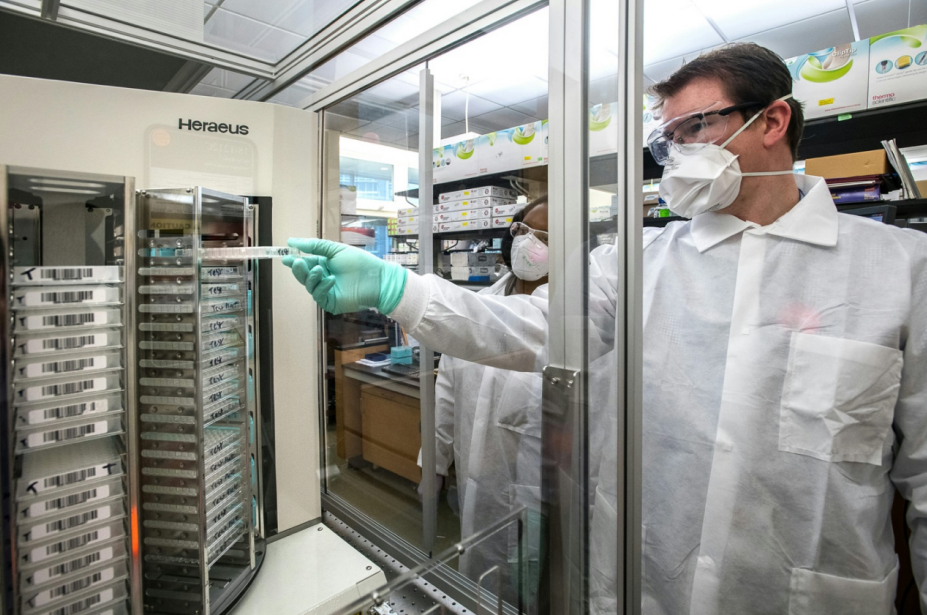 2024-10-11ATP Monitoring: Why Is It Important for Food Safety Lab?
2024-10-11ATP Monitoring: Why Is It Important for Food Safety Lab?

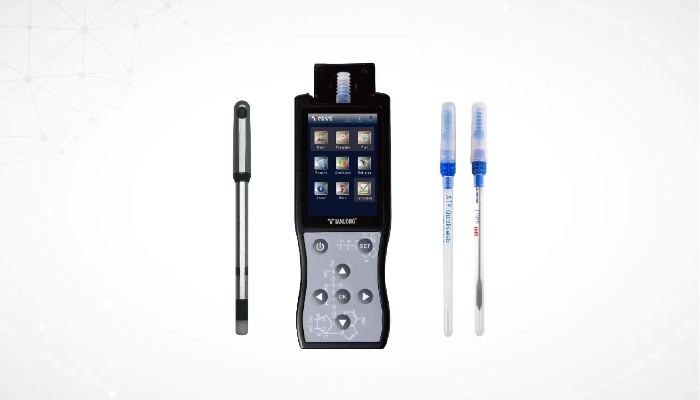 2024-09-29Tianlong's ATP Hygiene Monitoring System: Advancing Food Safety through Rigorous Testing
2024-09-29Tianlong's ATP Hygiene Monitoring System: Advancing Food Safety through Rigorous Testing

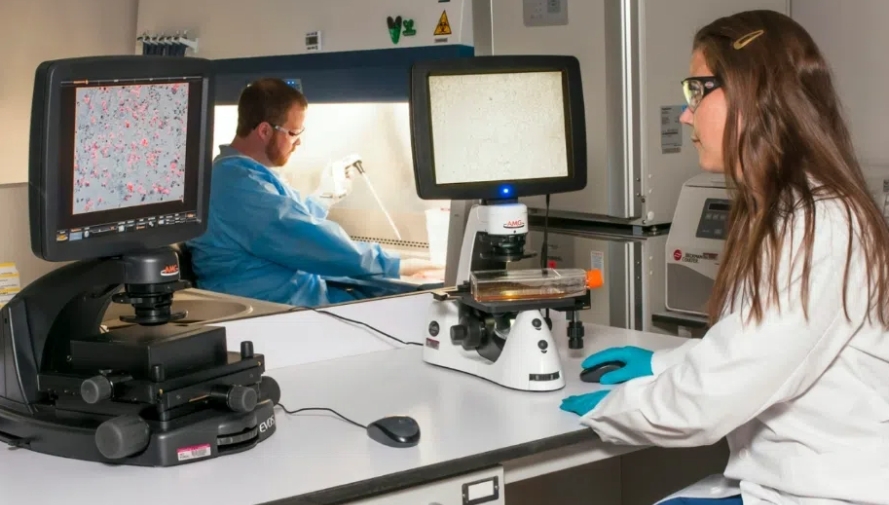 2024-07-16Urine PCR Test: How Effective Is It in Detecting Urinary Tract Infection?
2024-07-16Urine PCR Test: How Effective Is It in Detecting Urinary Tract Infection?

 2024-06-19How to Reduce Chances of Lab Contamination During DNA and RNA Extraction
2024-06-19How to Reduce Chances of Lab Contamination During DNA and RNA Extraction

